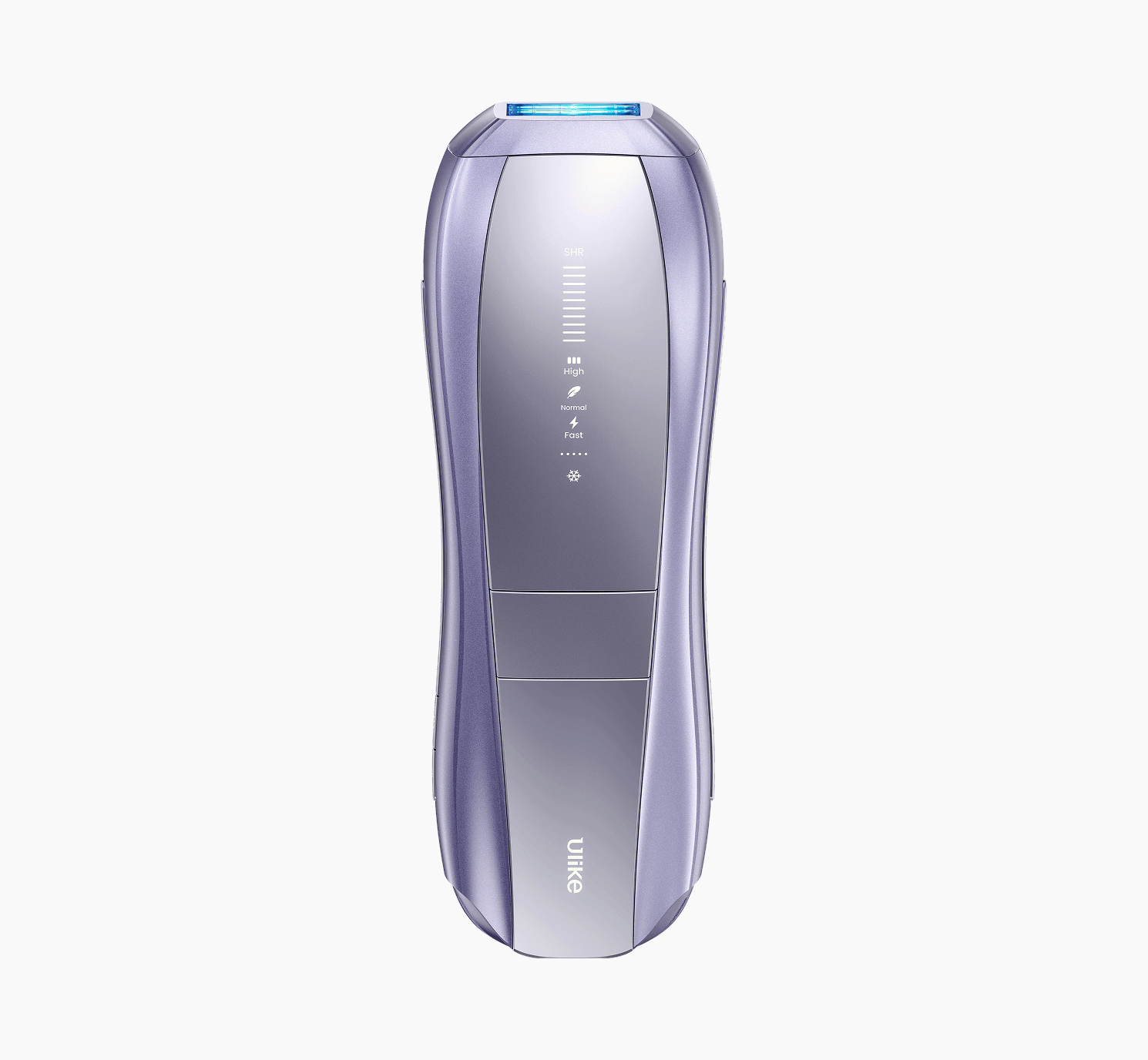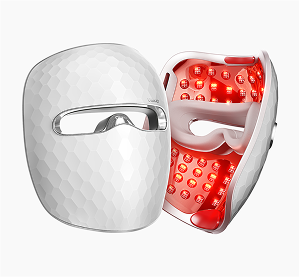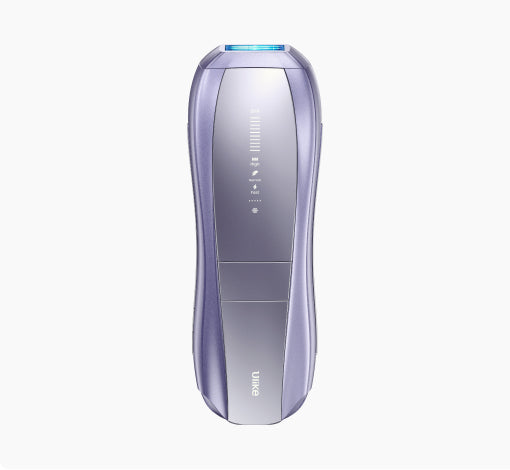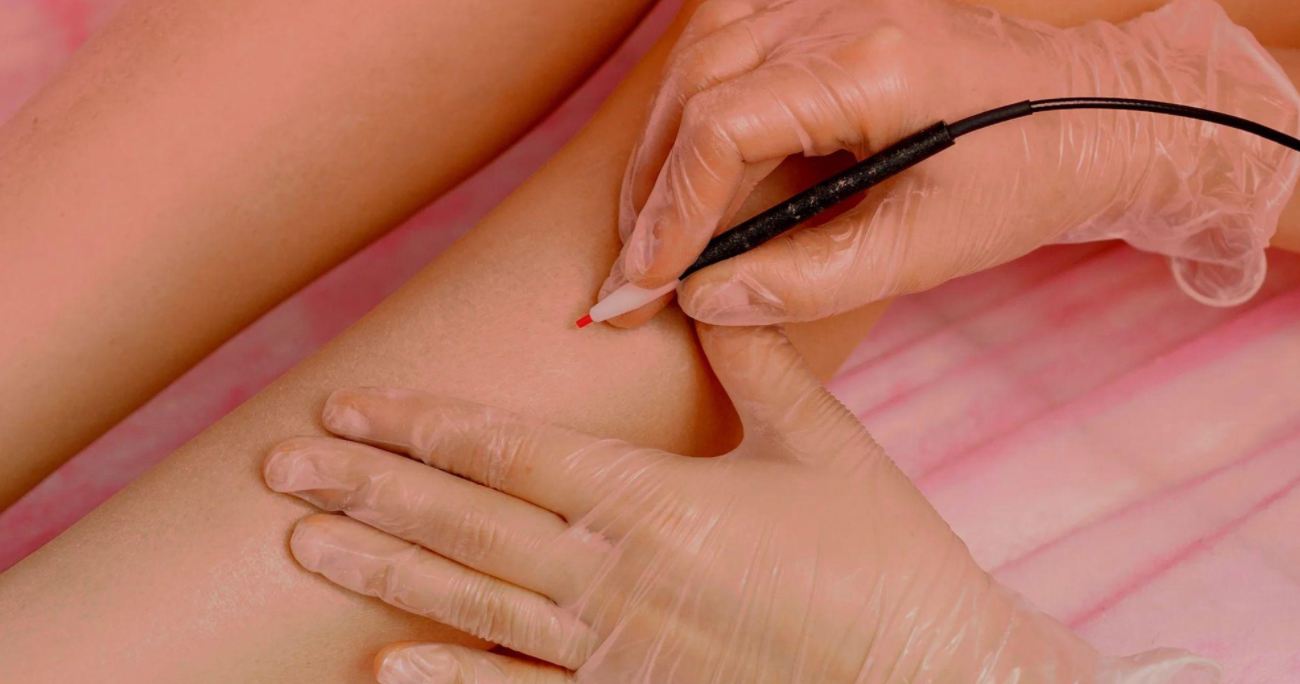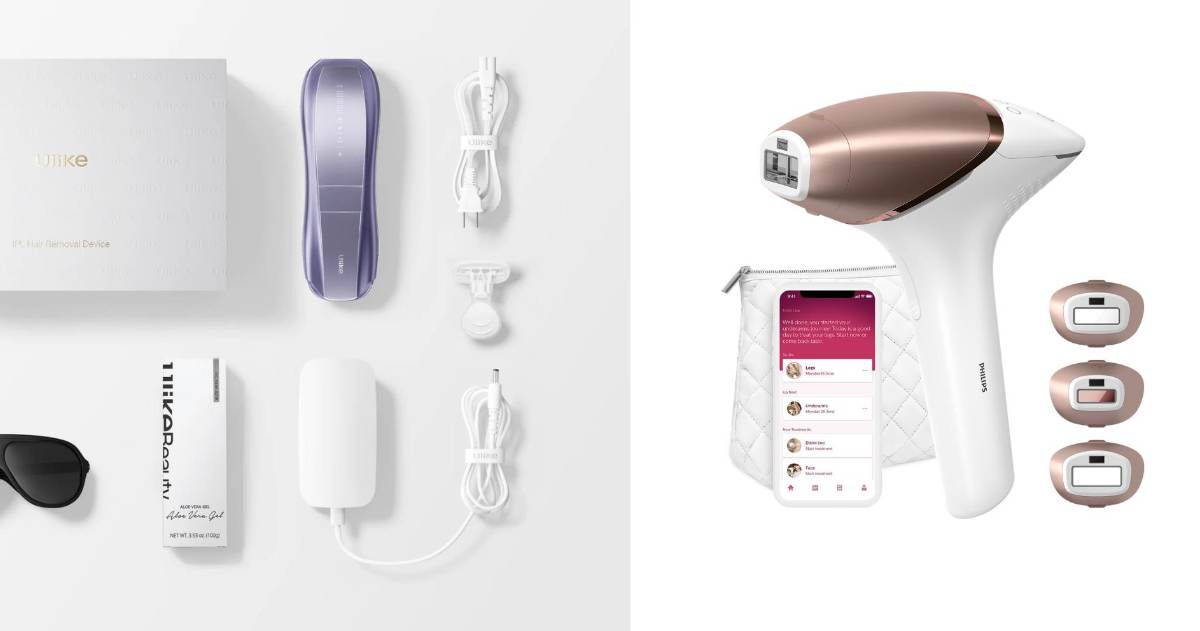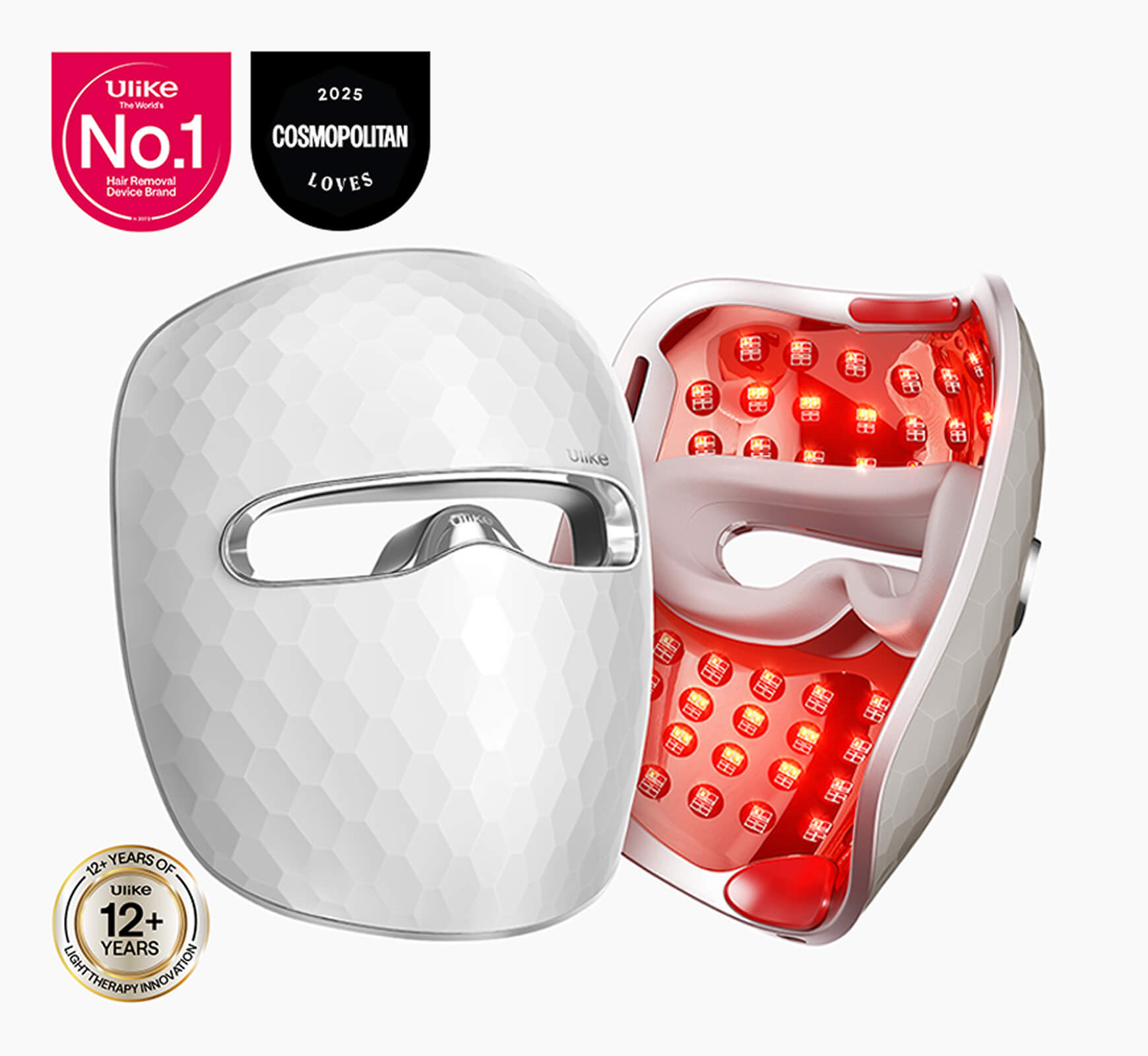“I nicked myself shaving! What am I going to do?” Well, you are not alone. We've all been here before as we felt that cold rush through our bones, pushing to see the extent of damage and what we can do to remedy the situation. The truth is, small cuts and scrapes are common when shaving, but that does not mean they are not preventable.
Shaving cuts on the skin happens from a razor blade cut on skin. The shaving tool nicks your skin instead of sliding smoothly without any cuts, like other methods. It’s not such a good experience when a razor leaves not just your hair but some of your skin, leaving behind some blood. In this article, we will look into how to prevent shaving cuts, its treatment and handling the scarring that might come with it.
Table of Contents:- Part 1: What to Do If You Nick Yourself While Shaving
- Part 2: How to Heal Shaving Cuts Overnight
- Part 3: Do Shaving Cuts Scar?
- Part 4: Do Shaving Scars Go Away?
- Part 5: Common Mistakes to Avoid Shaving Nick
What to Do If You Nick Yourself While Shaving
Shaving cuts are unexpected and a real inconvenience. While these cuts can be small with mild pain and discomfort, there are some quick steps to take to reduce the after effects.
Stop the Bleeding

The first thing to do is to locate the site of injury and stop the bleeding immediately. You can get a clean cloth or tissue and use it to apply pressure to the injured area for a few minutes. It gives your body time to react and get right into clotting which seals off the wound and reduces the risk of infections. Do not take the cloth off at intervals to check the wound as this can alter the process and you might accidentally scrape the wound with the friction.
If you happen to have a larger cut and the bleeding is taking more time to stop, you might need better tools to seal up the wound. A styptic pencil or alum block is most effective and can be gotten easily at your everyday convenience store.
Clean the Cut

Once you have been able to successfully stop the bleeding, the next step would be to clean the surface of the wound. Gently use rubbing alcohol to clean the surface of the wound, removing all dirt, and neutralizing microorganisms that can infect the wound. Ensure to pat on the affected area as friction from rubbing can make the wound reopen.
Protect the Wound
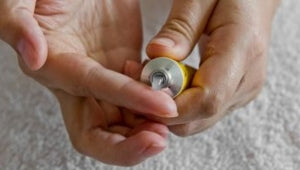
Once clean and disinfected, help the wound with some protection while it heals at its pace. An antibacterial ointment works perfectly to keep the wound moist while preventing infection and further injury. Cover the wound up with a small bandage, preferably one with an adhesive. It will act as a physical barrier against dirt, bacteria and further damage from everyday activities.
How to Heal Shaving Cuts Overnight

Healing a shaving cut overnight might seem daunting at first, but with the right tips and following the right process, you can make it possible. Here are some helpful tips to heal a shaving cut overnight:
Use a Healing Balm
Healing balms are soothing balms and ointments specifically designed for cuts, like shaving cuts. They contain ingredients like honey, aloe vera, and shea butter which can help speed up the healing process. These balms keep the wound moist and prevent inflammation and irritation while the wound heals.
Avoid Picking the Scab
Frequent contact with the wound would only make it worse. Avoid constant touching, pulling or picking at the scab as it can reopen the wound and increase the risk of infections. It is best to cover up the wound with a small bandage and not upset the healing process.
Consider Using a Humidifier
Wounds heal slower when exposed to dry air, especially in the winter seasons. A humidifier can help speed up the process by preventing dry outs, keeping the wound hydrated for faster healing.
Do Shaving Cuts Scar?
The first thought that comes to mind after a shaving cut, especially in an exposed area like the face is “is this going to scar?”
The truth is, scars form when deeper layers of the skin known as the dermis are affected. In such cases, the body’s healing process leaves fibrous tissues in the place of normal skin. The likelihood and extent of scarring depends on the depth of the cut and how well it is treated. Here is a brief overview of the different levels of shaving cuts and how it can affect scarring:
Minor Cuts
These are the most common types of shaving cuts and are usually superficial. They only affect the top layer of the skin which is the epidermis. Minor cuts regenerate very fast without leaving a long-lasting mark. Ensure to keep the wound clean and moisturized and you are good to go!
Major cuts
They are usually much larger and take longer to heal. These types of cuts go deeper than the skin's surface causing more damage to surrounding tissues. Major cuts usually leave a long-lasting mark. However, scarring can be completely avoided if the wound is treated promptly in the right way.
Do Shaving Scars Go Away?

When you have a shaving cut, the mark it leaves after healing would go away after some time. Although some shaving scars take longer than others to completely disappear without a trace on the skin. How quickly you can get a scar-free cut depends on how well you cared for the wound. Pulling and peeling scabs increase the likelihood of scarring and can take months to completely disappear. If a shaving cut takes a long time to clear off completely, spanning into months, you should consider an over-the-counter scar treatment like silicone gel sheets and topical creams with vitamin E and aloe vera.
Common Mistakes to Avoid Shaving Nick
Prevention will always be better than cure and the same rings true for shaving nicks. It is best to avoid the cut altogether than spend time and resources taking care of it. Here are some common mistakes to avoid if you want to steer clear of shaving nicks:
Dull Razors: Avoid using a dull razor as they tend to tug at your hairs rather than cutting cleanly. The friction increases the risk of the razor pulling on your skin and causing a nick. increasing the risk of a razor cut with
Pressing Too Hard: pressing harder while shaving does not give you a better cut, it only increases your chances of a nick. Reduce the pressure, usinglight, smooth strokes with the tool to help the razor glide cleanly, avoiding your skin.
Shaving Against The Grain: the best way to shave is to follow the direction of hair growth. Shaving against the grain will trap the hair follicles between the blades, pulling your skin in the process.
No Pre-Shave Routine: Properly preparing your skin before shaving is very important. Using a good shaving cream and washing the area with warm water before shaving would give the best and safest results.
Conclusion
Shaving cuts are common but they can be prevented. Following the right pre-shave, paying close attention and using the right tools can make all the difference. If cuts do happen while shaving, take quick steps to take care of the wound to prevent a long-lasting scar. Good shaving habits like using a sharp clean razor and shaving a long grain can make for a cleaner, smoother experience. Now you know what to do if you nick yourself while shaving.

